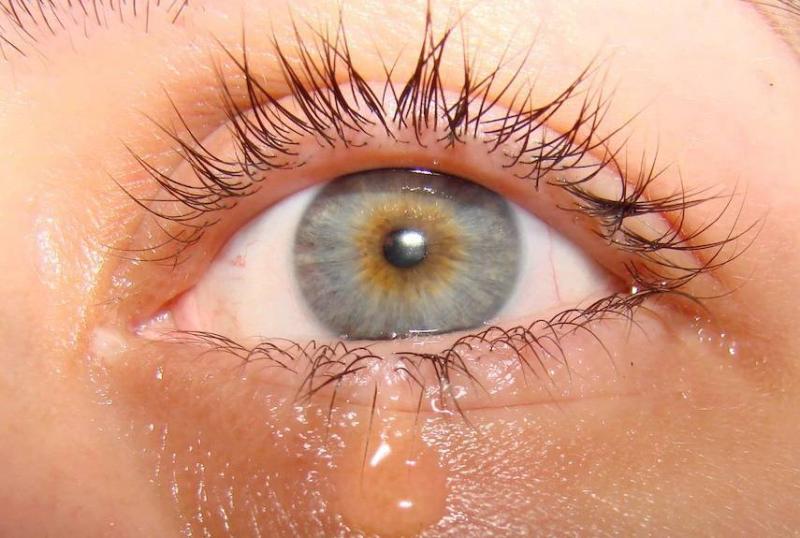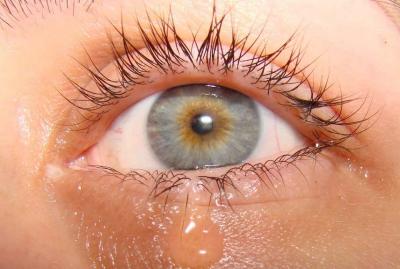People face various situations that manifest as emotional reactions and behaviors, with some resorting to crying and shedding tears in certain circumstances. So, does crying benefit or harm the eyes?
For the eyes to function normally, their surface must remain consistently moist, regardless of external conditions. A healthy body maintains optimal eye moisture whether a person is in a hot and dry place or a cold one. People with sensitive eyes can produce up to 30 ml of tears daily. These "emotional tears" can sometimes be beneficial as they help alleviate sadness and psychological stress. During crying, the body increases the secretion of the hormone endorphin, which acts as a natural pain reliever to lessen pain and tension, and also boosts the production of enkephalins, substances that have calming effects and help relieve pain.
In general, tears have several benefits for eye health: they protect against dryness, dust, and various external damages, help deliver nutrients to the cornea, and assist in removing dead cells while expelling some harmful substances from the body.
However, despite the benefits of tears for the eyes, crying also has some drawbacks. Continuous crying can lead to irritation and redness of the eyes and affect the tear-producing glands. It may cause sensitivity around the face and eye area, impact the eyelids, and emotional stress can increase the secretion of harmful cortisol in the body.




